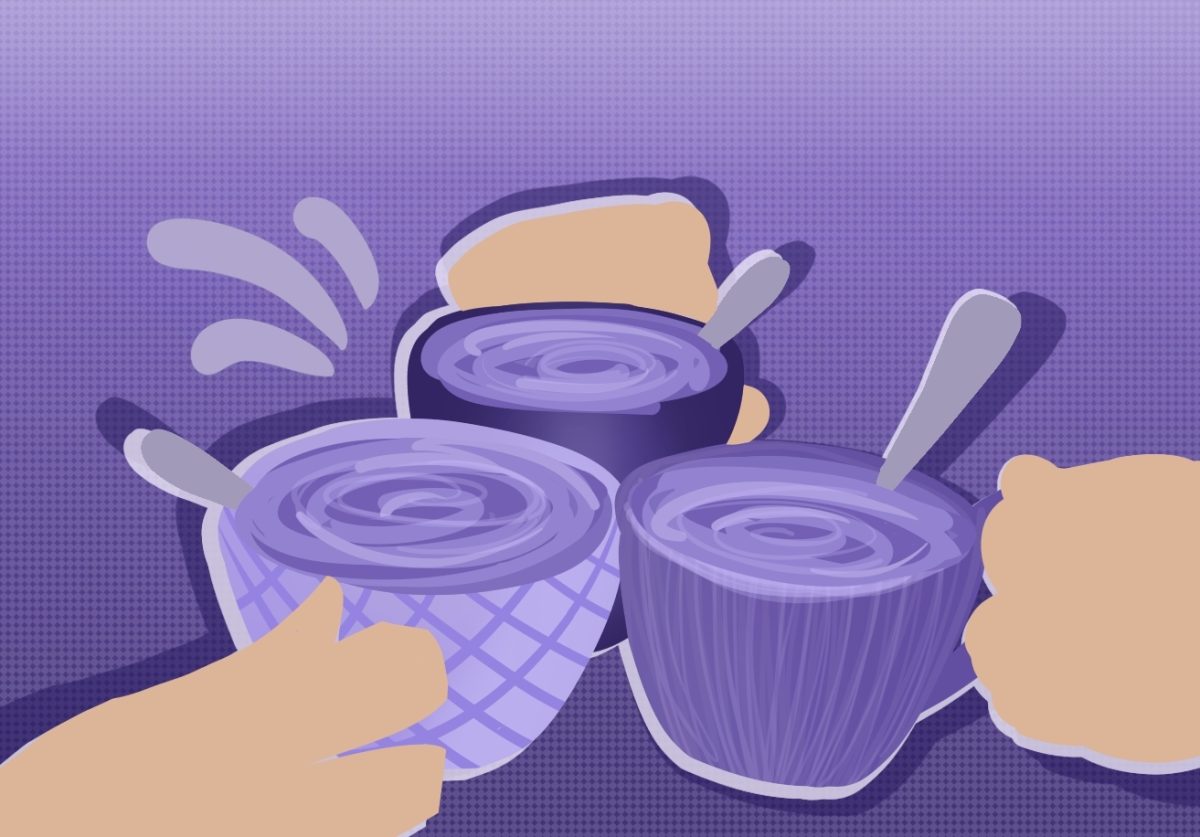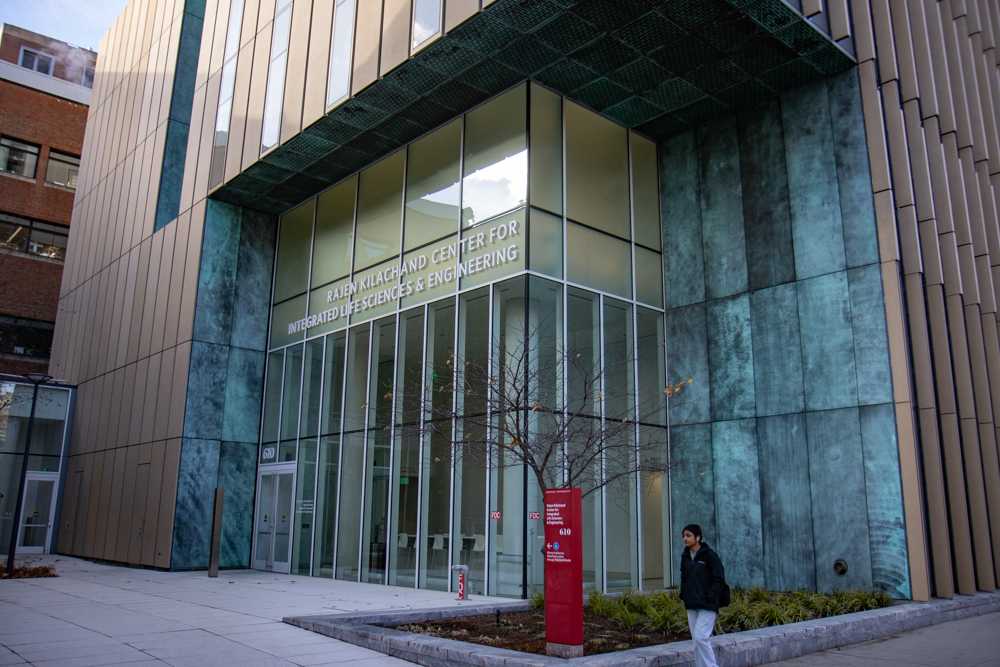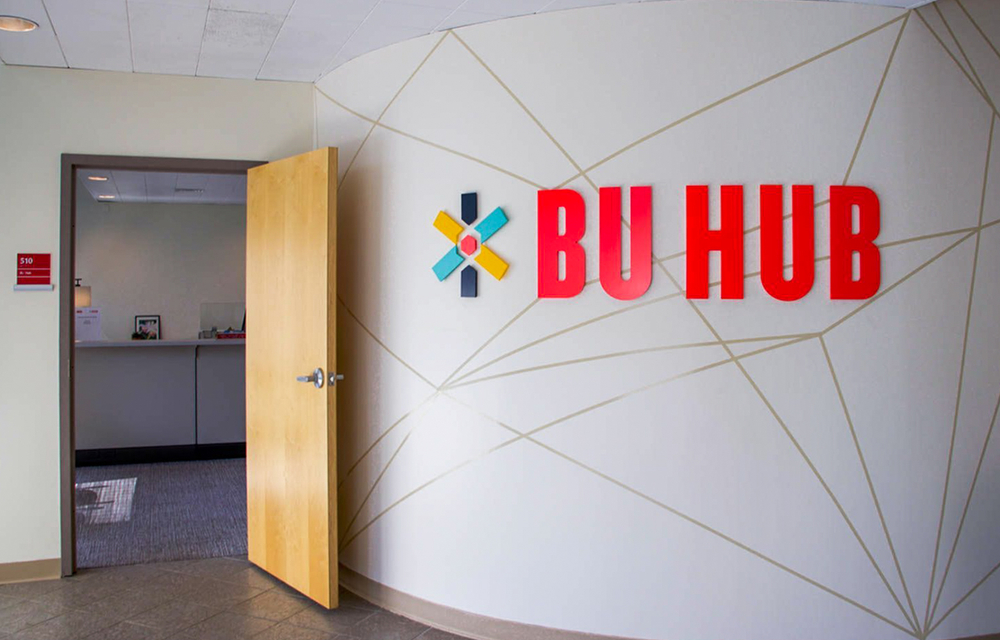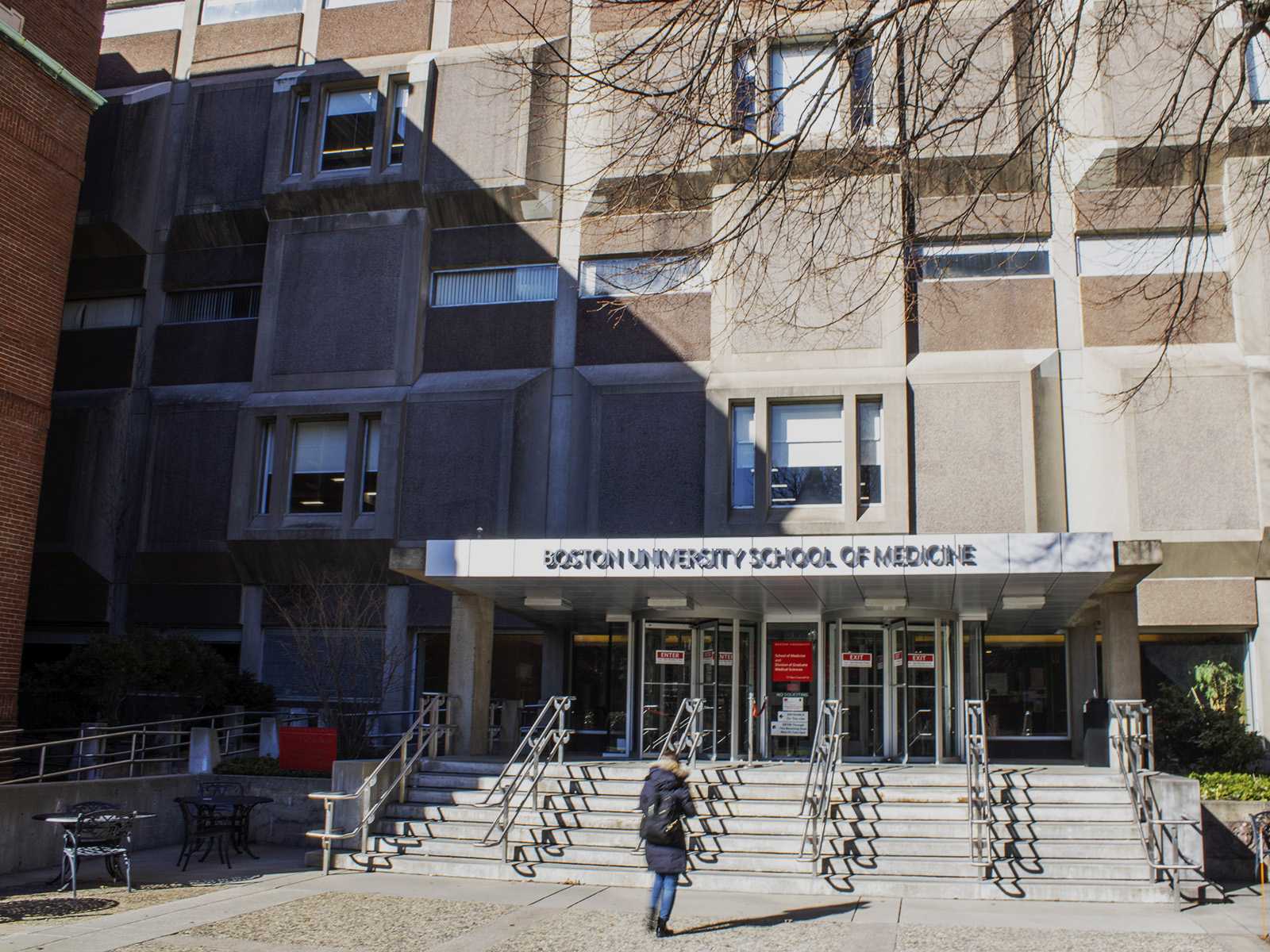There’s already cherry wheat, blueberry ale and even raspberry lager, but a new grape-infused beer could give drinkers a healthy boost in addition to a good buzz.
Students at Rice University in Houston are genetically engineering beer yeast to contain resveratrol, a chemical found in red grapes ‘-‘- and, consequently, red wine ‘-‘- that has been shown to reduce the risks of cancer and heart disease.
Beer is currently the most widely consumed alcoholic drink in the United States ‘-‘- making up 85 percent of all consumed alcohol. Because of its popularity, beer was an ideal choice for the Rice project, called ‘BioBeer.’
‘What we want to do is try to have whatever health benefits are available in wines also be available in beer,’ David Oyung, a Rice junior who is working on the project, said.
By putting resveratrol in beer, the students are looking to implement what is known as the ‘French Paradox’ into American culture, graduate student Peter Nygun, who came up with the idea for the project, said. The ‘French Paradox’ is the seemingly contradictory observation that the French, because of voluminous wine consumption, enjoy relatively low rates of heart disease ‘-‘- even though their diet contains many saturated fats.
The students entered their BioBeer project in the International Genetically Engineered Machine competition, which is held from Nov. 8 to 9 at the Massachusetts Institute of Technology. IGEM is the world’s largest synthetic biology competition in which teams use standard DNA building blocks to create living organisms. The competition has been held yearly at the university since 2005, with 87 teams participating this year.
‘Undergrads have control of the research vehicle. Our team of undergrads makes the calls on the project and essentially are the main decision makers in everyday lab work,’ Taylor Stevenson, a Rice junior, said.
To make resveratrol, the students obtained yeast from St. Arnolds, a Houston brewery, instead of taking yeast from a science laboratory. They combined this fresh yeast with one gene from a grape plant, another from a wheat plant and a third from a different yeast plant, Nygun said.
The genes are combined using a process called genomic integration, Stevenson said.
‘Essentially what you do is take the DNA you want cells to be made up of and throw it at the cell,’ Stevenson said. ‘You mix the yeast with DNA yeast mechanisms already in place to take up the new DNA and incorporate into its own genome. It’s fairly amazing how robust the systems for doing that are.’
Though the beer has been widely promoted as an anti-cancer brew, the students are not marketing it as something that should be consumed to stay healthy.
‘We wouldn’t be selling this as a drug saying ‘Here, let me prescribe you a six pack of BioBeer,” Stevenson said. ‘We just figured if you’re drinking beer anyway, while you still may be hurting your liver, you can maybe also lower the risk of cancer.’
An actual brew of BioBeer will not be ready until December, since the team is still working on perfecting the yeast, but the members have high hopes for the future of their concoction, Stevenson said, relating the future availability of the heart-healthy beer to the wide-spread us of iodized salt..
‘The only salt people buy now is iodized because it helps thyroid [problems] and requires almost no additional cost,’ Stevenson said. ‘Once we get the yeast working, we’re going to spread it through breweries so that everyone’s beer have will have resveratrol in it at no additional cost. It’ll be as big as iodized salt.’





















































































































Michael DeLalla • Aug 3, 2010 at 2:20 pm
Let’s go have a beer!!!!!!!